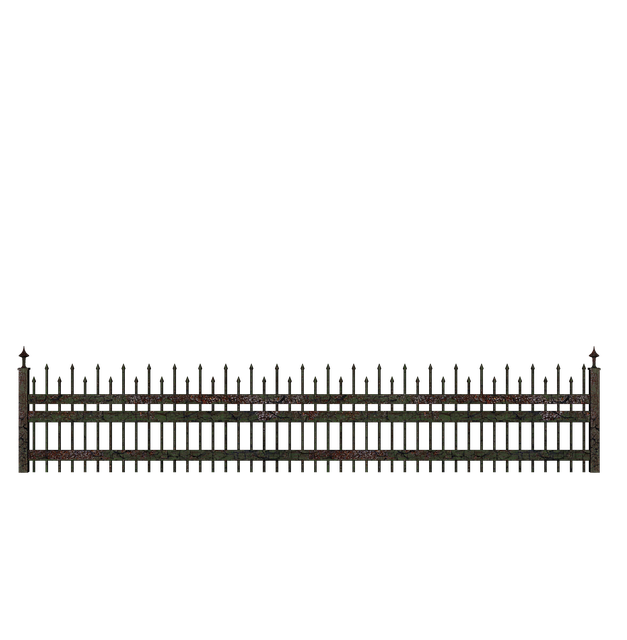In coastal regions, where harsh weather conditions and salty air pose unique challenges, durable wooden fencing is a popular and aesthetically pleasing solution. This article explores how the right type of wood can withstand the rigors of coastal environments, offering both longevity and visual appeal. We delve into the key advantages, from enhanced structural integrity to low maintenance requirements, and guide readers through selecting the ideal wood species, installation best practices, and achieving an attractive coastal aesthetic with wooden fences.
- Understanding Coastal Fencing Challenges
- Advantages of Durable Wooden Fencing
- Choosing the Right Wood Species
- Installation and Maintenance Tips
- Enhancing Coastal Aesthetics with Wooden Fences
Understanding Coastal Fencing Challenges
Coastal areas present unique challenges when it comes to fencing due to the harsh marine environment. Saltwater, strong winds, and constant exposure to varying weather conditions can severely impact traditional fencing materials. The primary concern is longevity—fences must withstand these elements for years without significant deterioration or structural damage. Regular wooden fences might not be durable enough, leading to frequent replacements and increased maintenance costs.
These challenges call for a robust solution like durable wooden fencing specifically designed for coastal settings. The right type of wood treated for resistance to rot and pests is essential. Additionally, proper sealing and regular upkeep can significantly extend the life of these fences, making them a practical and aesthetically pleasing option for properties along the coast.
Advantages of Durable Wooden Fencing
Durable wooden fencing offers several advantages for coastal areas. First, wood is a naturally renewable resource, making it an eco-friendly choice that can be replaced or reused as needed. Unlike some synthetic materials, it allows for customization and natural aesthetics, blending seamlessly with coastal landscapes.
Additionally, properly treated and maintained wooden fences are highly durable against harsh weather conditions typical of coastlines, including salt water exposure, strong winds, and varying temperatures. They provide long-term protection while requiring minimal maintenance over time, making them a cost-effective and reliable option for homeowners and businesses alike.
Choosing the Right Wood Species
When selecting wood for coastal fencing, understanding the local climate is key. Saltwater and high humidity can accelerate wood decay, so choosing a durable species is essential. Hardwoods like cedar, redwood, or teak are excellent choices due to their natural resistance to rot and insects. These woods also have a longer lifespan and maintain their aesthetics better in harsh environments.
Considered the standard-bearers for outdoor durability, these species offer not just strength but also beauty that enhances any coastal landscape. They can withstand the relentless wind, rain, and sun, ensuring your fence remains a sturdy and visually appealing addition to your property for years to come.
Installation and Maintenance Tips
When installing wooden fencing in coastal areas, it’s crucial to ensure proper drainage to prevent water damage. Digging deep post holes and setting the fence posts at a slight angle can help with this. Use high-quality, pressure-treated wood that’s resistant to rot and decay from salty air and moisture. Regular cleaning with mild detergent and a soft brush will keep your fence looking fresh.
Annual inspections are essential to catch any signs of damage early on. Repair or replace any rotten sections promptly to maintain the structural integrity of the fence. Apply fresh coats of protective sealant every couple of years to shield the wood from harsh weather conditions. Keep a watchful eye on nearby trees, as their roots can lift and shift fencing over time, requiring periodic realignments.
Enhancing Coastal Aesthetics with Wooden Fences
Coastal areas are often characterized by their breathtaking landscapes, where the land meets the sea. Incorporating durable wooden fencing into this scenic setting can be a beautiful and functional addition. Wooden fences offer a natural aesthetic that seamlessly blends with the surrounding environment, enhancing the overall charm of coastal properties. The warm tones and organic textures of wood provide a visually appealing contrast to the vast ocean and sandy shores.
These fences can also serve as a creative way to define property boundaries while adding character to coastal homes. By choosing the right styles and designs, homeowners can create intimate outdoor spaces that embrace the unique coastal lifestyle. Whether it’s a traditional picket fence or a more modern vertical slat design, wooden fencing becomes an integral part of the coastal landscape, providing both privacy and an artistic touch.
